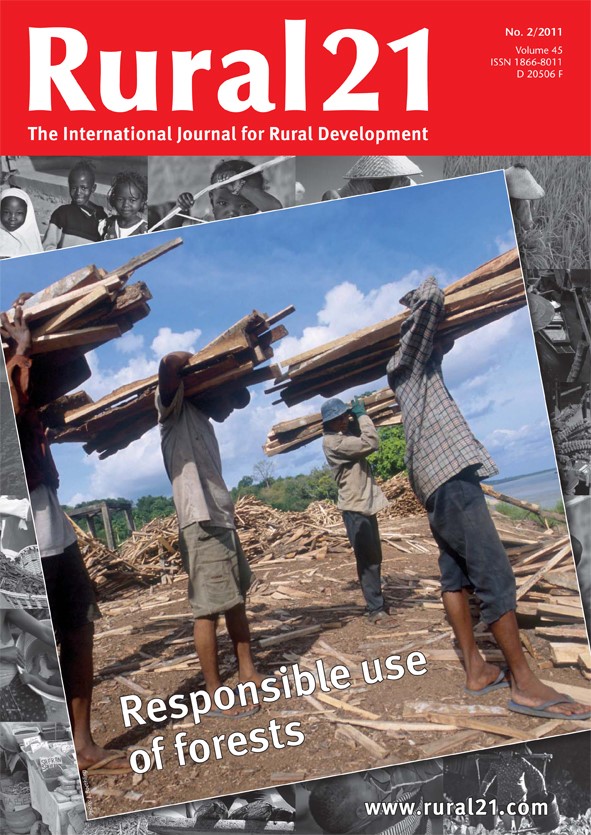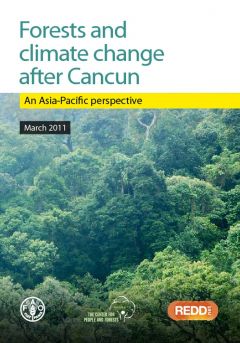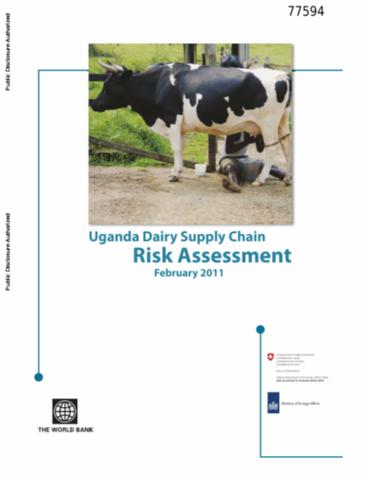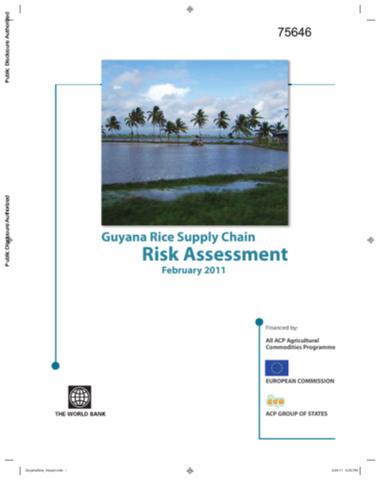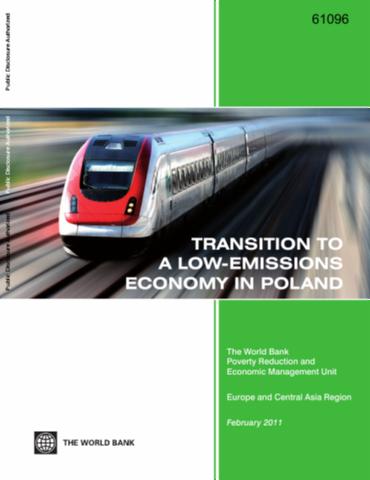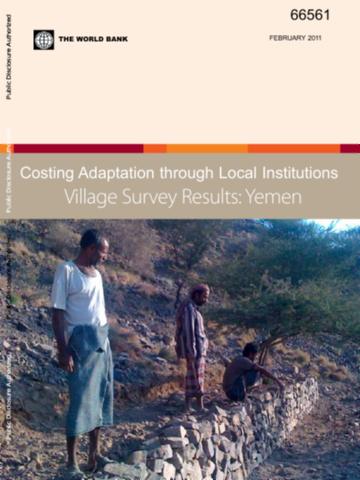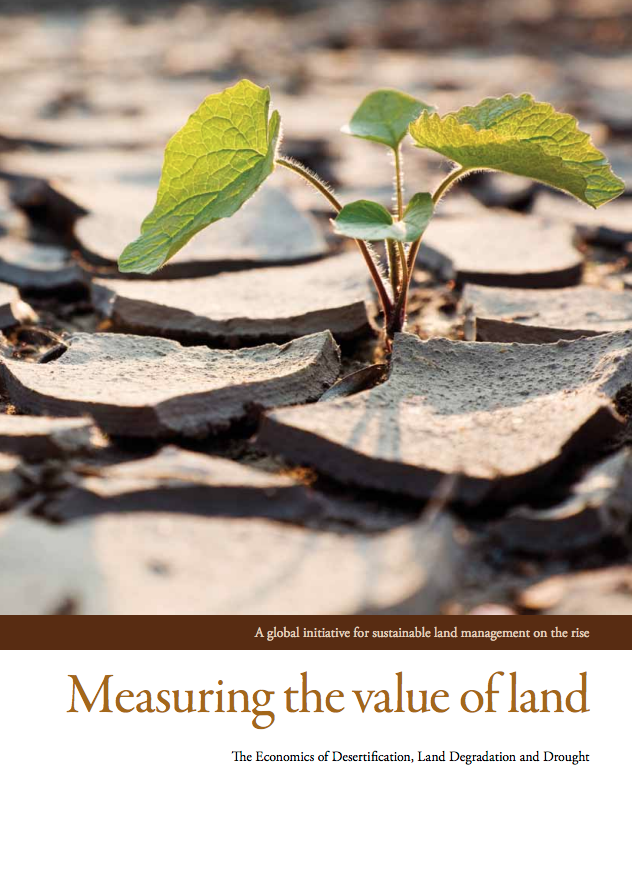Green light for REDD+
Every year, 13 million hectares of forest are lost worldwide; that is an area the size of Austria and Switzerland combined. 90 percent of this deforestation involves tropical forests. Forest loss has devastating effects on the climate and is the source of between 15 and 20 percent of global greenhouse gas emissions. If global warming is to be kept below the critical threshold of two degrees Celsius, forest loss and degradation must be halted without delay

